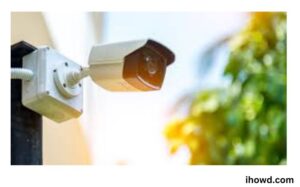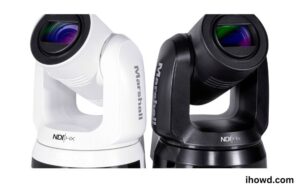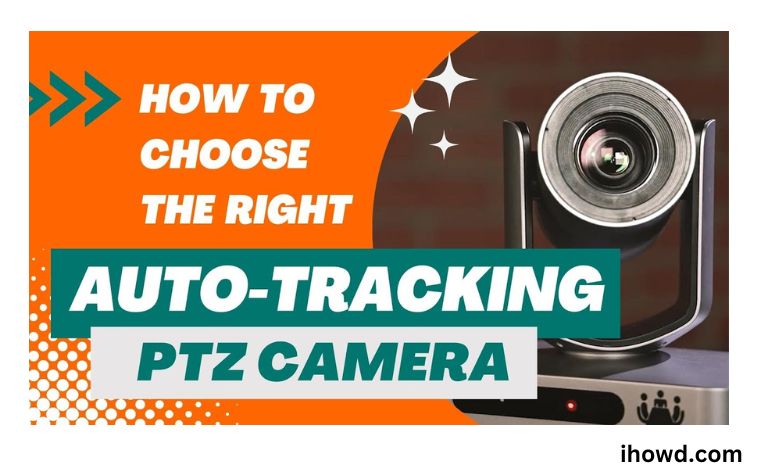PTZ cameras have a wide range of uses, including broadcasting and surveillance. You shouldn’t rush out and acquire PTZ cameras without first knowing how to customize the purchase to the aforementioned needs, even though this means it may aid your production needs. If you want to upgrade your inventory with high-quality and practical equipment, you may learn what to take into account while selecting a PTZ camera right now.
What purposes do PTZ cameras often serve?

A PTZ camera is made with active surveillance in mind and is mostly used for security. Active surveillance is when a person, such a security guard, monitors an area of interest while controlling the camera and watching the video feed. In busy settings like a department shop, airport, or railway station where loss or harm could occur, active surveillance is typically used to keep an eye on a person or object of interest.
Since 2010, IP camera technology has dramatically advanced and allowing plenty of additional functions to be introduced. PTZ cameras can now handle both surveillance and non-security-related applications, like live streaming via the Internet, with greater sturdiness than ever before. They are no longer merely surveillance cameras that need to be controlled by an operator to monitor threats.
How To Choose The Correct PTZ Camera

1. Zoom Range
Before purchasing your PTZ system, one of the first features you should check is its zooming capacity. One of the most important aspects that any surveillance system ought to have is this one. Some of the top cameras have a 30 times or more zoom range!
Make sure a PTZ you purchase has at least a 20x zoom capability so you can watch images from a greater distance. The lens should also have a better resolution, preferably 1080p. By doing this, the photos won’t distort when you zoom in on the scene.
There are two different varieties of zoom lenses. A manual zoom and a motorised zoom are both available. In Manual Zoom, you physically need to turn a dial in order to zoom in or out. The camera can, however, automatically zoom in on any location if its lens is motorised. They are typically present in mid-range to expensive PTZ models.
2. Plan Your Position
Generally speaking, consider what can be observed from that position when selecting the best camera position to attach cameras. Is the viewpoint of the regions of interest good? Can you capture the key sections with it there? Can it capture the worship leaders from enticing angles? Can it be captured more effectively from eye level, above, or below, and is it ultimately a perspective that the spectator will find interesting?
Consider the location for mounting the second, third, or fourth cameras. Constantly think about the audience and what points of view would be most compelling to draw in and hold their interest. The most crucial element is the message, so make sure to convey it for the required length of time while maintaining attention and engagement.
3. Aperture
How much light may reach the camera sensor depends on the aperture. “F-stop” is used to indicate this. The lens can capture more light if the camera has a greater aperture. This will be especially useful in locations with inadequate lighting. Higher aperture cameras are more expensive though.
Purchasing a high aperture camera won’t make sense if you plan to put up a camera in a brilliantly lighted area. The majority of cameras on the market, nevertheless, have adjustable F-stops. It is under your control thanks to the software.
4. Optimum Volume
How many PTZ cameras would your production require? When the coverage requires it, PTZ cameras’ small size makes them perfect for operating in groups. For example, you can purchase our PTZ cameras at Ikan either individually or in packages of two or three with a controller.
In this manner, you may quickly cover a variety of viewpoints using the pan, tilt, and zoom capabilities of the aforementioned apparatus. These cameras’ size and weight also guarantee an easy experience when you wish to move them around the set to get the ideal angle.
5. Mounting Place
Beside the factors mentioned above, where you plan to position the PTZ camera on the set is something to take into account. This is an important point to take into account while shopping because the equipment needs change based on how you want to utilise the cameras. For those who want to use a support system, Ikan offers types of PTZ cameras that come with tripods.
To implement ceiling- or wall-mounted PTZ setups, additional support systems are available. When buying, keep your application in mind to locate the ideal method for your new PTZ camera setup.
If you think your loved ones will benefit from this page, please let them know. Please share your thoughts on this subject in the comments section. Save this website’s address in your favourites so you may return to it later and read more educational material.
